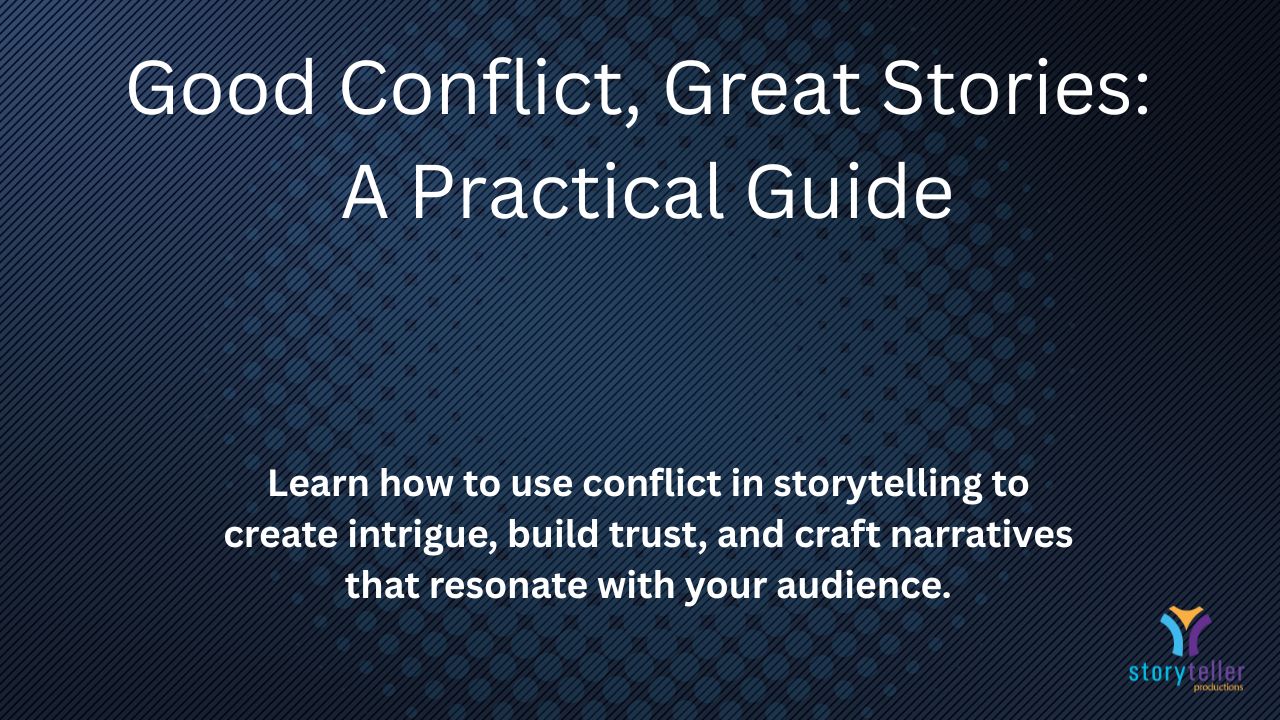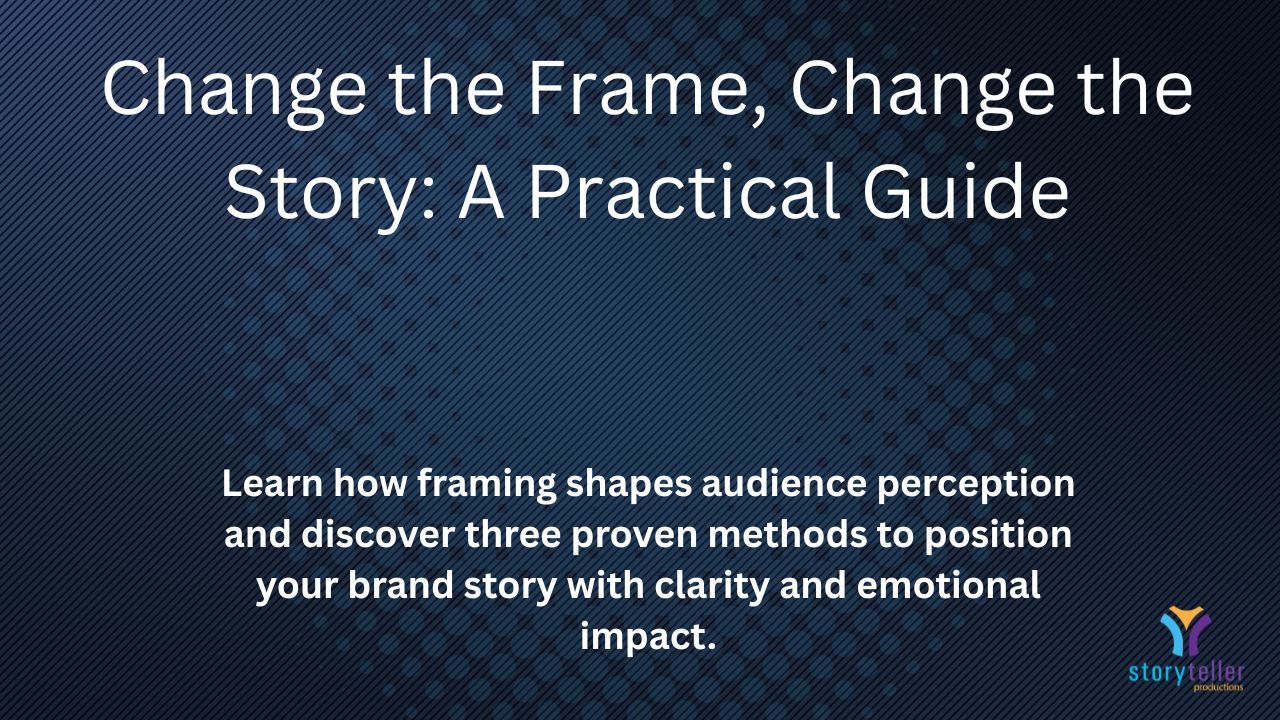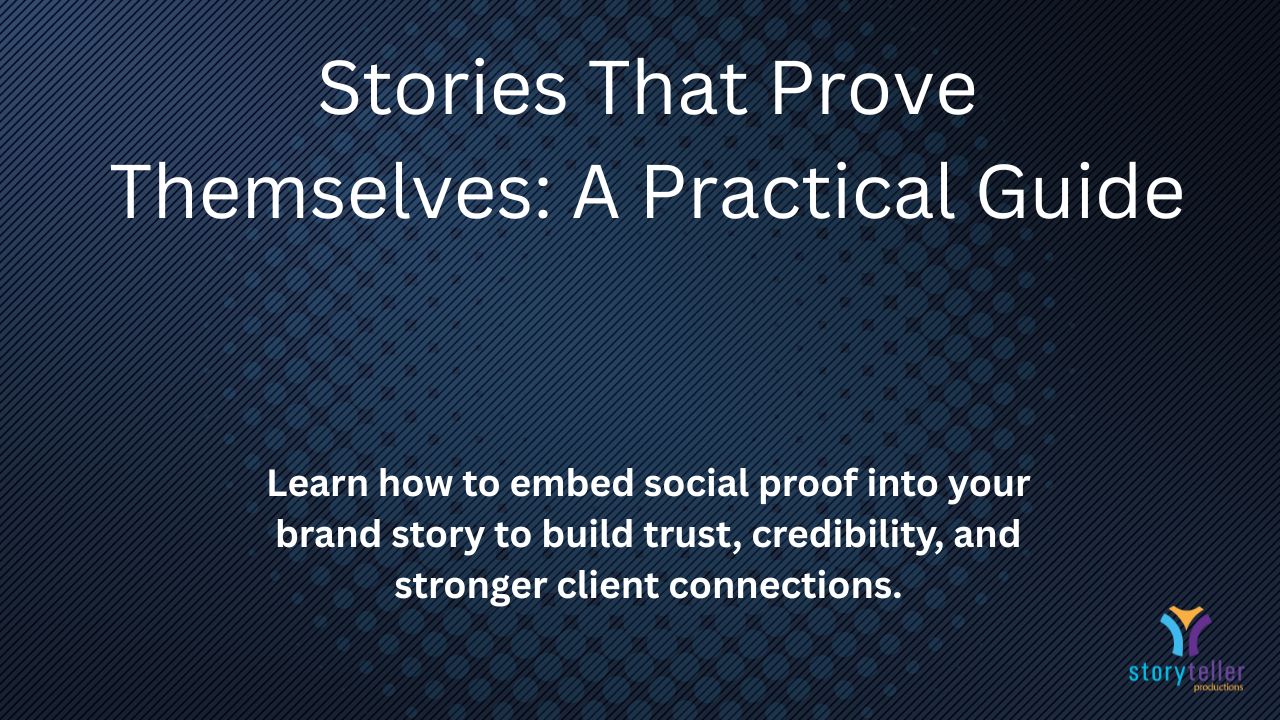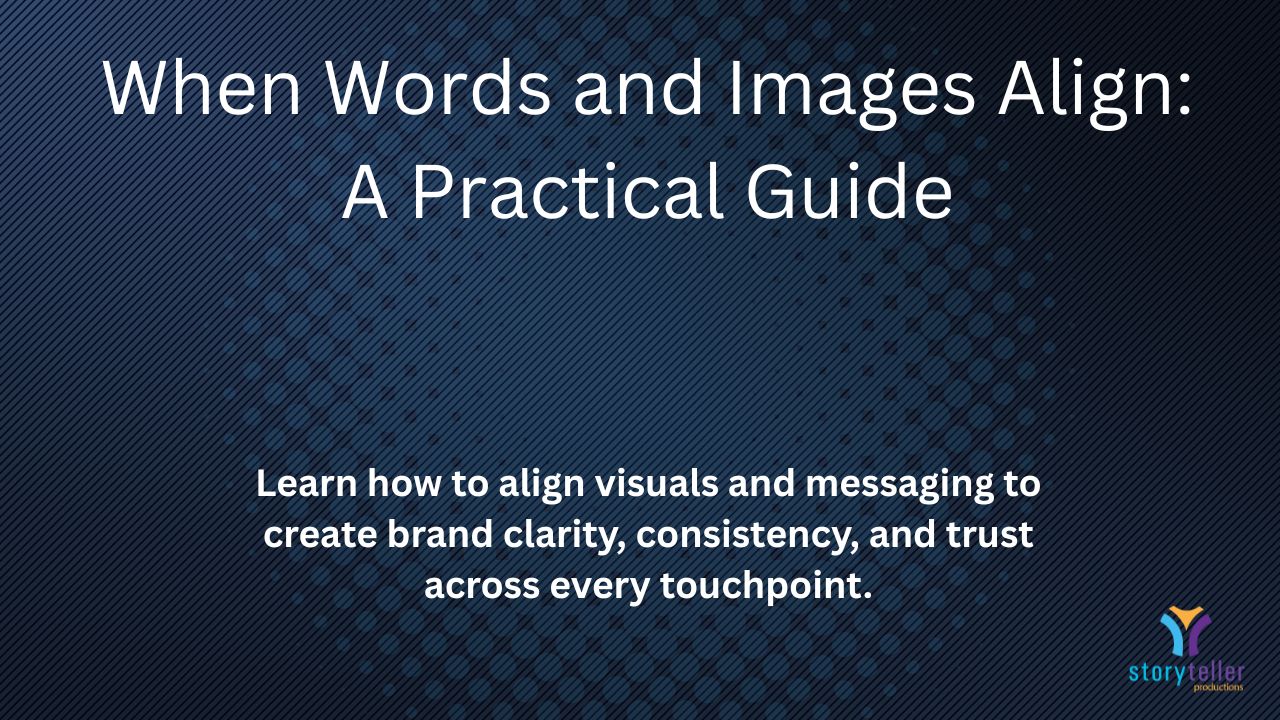Make Your Content Interactive: A Practical Guide
Here’s the mistake most creators make: they treat content like a lecture.
You talk, they listen. You publish, they scroll. And then you wonder why your audience isn’t engaging.
The fix? Stop treating your audience like passive spectators—and start treating them like participants. That’s where interactive content comes in.
Interactive content isn’t fluff. It’s a strategy. Done right, it pulls people in, keeps them around longer, and makes your message stick.
Why Interactivity Matters
Think about it: what do you remember more—a blog you skimmed, or the quiz you took that told you which “content archetype” you are?
When people engage, they remember. They share. They come back. That’s why adding polls, quizzes, and clickable elements can double your dwell time and deepen your audience connection.
Polls: Simple, Fast, Effective
What most people do: publish a blog, drop a CTA at the end, and hope someone comments.
What works better: ask your audience directly with a poll.
Example: An educator could ask, “Which learning style works best for you?” halfway through a lecture. That’s not just a data grab—it’s an energy shift. Students lean in.
How to do it:
- Pick your platform (Zoom, LinkedIn polls, Google Forms).
- Keep the question short and relevant.
- Share results live if possible—people love seeing how they compare.
- Use the data to spark follow-up discussion or tailor future content.
Quizzes: Fun That Teaches
Quizzes work because they mix self-discovery with feedback. People don’t just consume—they play.
Marketing example: Instead of saying, “Here are our three products,” create a quiz: “Which product is right for you?” Not only does it engage, it qualifies your leads for you.
How to do it:
- Define what you want the quiz to achieve (educate, qualify, entertain).
- Use tools like Typeform, Quizizz, or Kahoot.
- Mix question types—multiple choice, true/false, scenario-based.
- Give instant feedback—don’t leave people hanging.
💡 Pro tip: Always link quiz results back to a next step. If they get “Productivity Pro,” point them to your resource page for productivity tools.
Clickable Elements: Don’t Just Tell, Show
What most blogs do: bury a single CTA at the very end.
What works better: add clickable elements throughout. Buttons, graphics, inline links—little signposts guiding people deeper into your world.
Example: Instead of one “Read More” link at the bottom, scatter buttons like:
- “Take the Quiz” after your second section.
- “See Real-World Examples” as a clickable graphic.
- “Download the Checklist” midway through.
Best practices:
- Use contrasting colors so buttons stand out.
- Place CTAs in multiple spots—not just at the end.
- Make sure every link works and leads somewhere valuable.
- Write action-first copy: “Discover,” “Download,” “Try,” “Vote.”
Real-World Interactivity in Action
- Khan Academy: Every lesson ends with quizzes to reinforce learning.
- BuzzFeed: Personality quizzes spread like wildfire because they’re fun and shareable.
- National Geographic: Adds polls and quizzes to articles to deepen reader engagement.
- Airbnb: Interactive maps let users explore neighborhoods in real time.
- Harvard Business Review: Uses reader polls to spark discussion in the comments.
Notice the pattern? Interactivity isn’t tacked on—it’s built into the experience.
How to Start (Without Overwhelm)
You don’t need to overhaul your whole content strategy tomorrow. Start small.
- Add one poll to your next blog.
- Try one quiz in your newsletter.
- Insert one clickable button midway through your next post.
Then expand as you see what resonates.
Closing Thought
Here’s the shift: content doesn’t work best when people just consume it. It works best when they use it.
So before you publish your next piece, ask:
- Where could I add a poll to spark conversation?
- Could this be a quiz instead of a lecture?
- How can clickable elements guide people deeper into my world?
Because when you make content interactive, you don’t just inform—you connect. And that’s the difference between being remembered and being forgotten.




